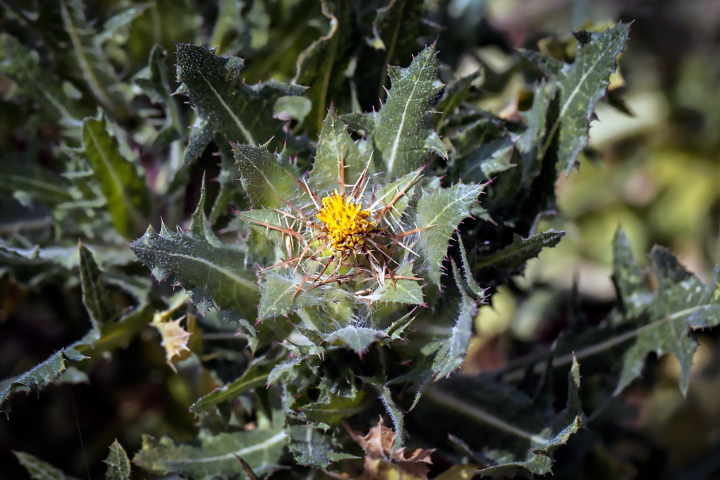Found in crustacean shells, chitin is a natural polymer that has many uses once processed. Now, scientists have developed a fruit waste-based fermentation process for getting it out of those shells – and the technique results in better-quality chitin, to boot.
Chitin (and its derivative, chitosan) has received a lot of attention in recent years. Among other things, it's biodegradable, biocompatible, and it provides a use for seafood waste that would otherwise just end up in landfill. Recent studies have shown that it could be used in items like compostable food wrap, wound dressings, and even self-healing car paint.
Typically, chitin is extracted from crustacean shells via an acid treatment process. According to researchers at Singapore's Nanyang Technological University, however, this method is expensive, consumes a lot of electricity, and may produce toxic waste products that enter waterways.
Looking for a greener alternative, they instead tried combining prawn shells with various types of bacteria and fruit waste. The idea was that the glucose from the fruit would boost the fermentation process, chemically breaking the shells down so that the chitin could be easily extracted. A total of 10 different types of fruit waste were used, including grape pomace, apple peels, mango skins, pineapple cores, and banana peels.

The technique proved to be highly effective, and when the harvested chitin was subsequently analyzed, it was found to have a "crystallinity index" (which is a measure of purity) of 98.16 percent. By contrast, samples of traditionally obtained chitin had an index of just 87.56 percent.
"Our research has led to not only higher quality chitin but a more sustainable and environmentally-friendly process too," says the lead scientist, Prof. William Chen. "While the various types of fruit waste produced good results, the sugar from the pomace of red grapes had the best performance. This is also a cost-effective method for industry-scale operations, which could be of potential interest to wineries looking to reduce and upcycle their waste."
A paper on the research was recently published in the journal AMB Express.
Source: Nanyang Technological University





